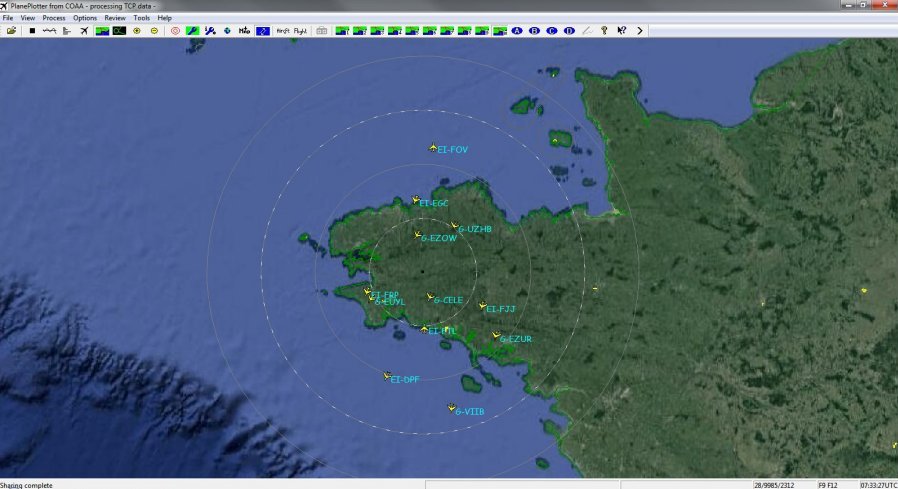
- #PLANEPLOTTER PORT FORWARDING DETAILS FULL#
- #PLANEPLOTTER PORT FORWARDING DETAILS ANDROID#
- #PLANEPLOTTER PORT FORWARDING DETAILS PC#
Typing redir add will give you the following line: KO: bad redirection format, try (tcp|udp):hostport:guestport

This will let you choose from 3 subcommands: list list current directions The command you have to use here is redir. Here, you want to type with as little as possible typo's, as when you apply the backspace, it will corrupt your command and not accept it.
#PLANEPLOTTER PORT FORWARDING DETAILS ANDROID#
You will now see something similar to this: Android Console: type 'help' for a list of commands The "EmulatorPortNumber" can be found in the titlebar of the Emulator, in my case it was 5554. Now from your command prompt (with the Emulator running) you type telnet localhost "EmulatorPortNumber". This is done through the Control Panel -> Programs and Features -> Turn Windows features on or off -> scroll down to Telnet Client. I would like to use this router as it is wireless N and my Netgear DG834 is wireless G, but unless I can resolve these issues, it is too flaky to use.To forward a port from your local machine to an Android Emulator, you need to have Telnet enabled.

#PLANEPLOTTER PORT FORWARDING DETAILS FULL#
I have connected the Technicolor back up but not plugging in the phone line, so I can play around with settings etc without re-syncing the modem constantly.Īfter a power cycle, the Technicolor did accept my custom password (I had set a custom password again after the full reset), but every few seconds, it seems lo log me out of the router interface, and I have to log in again. I have now put my Netgear DG834G back online as I have lost confidence in the Technicolor for the moment. I was stuck and ended up doing a full reset to the router, losing the configuration I had spent a while doing. The DSL light was on, so it synced to the exchange, but no internet connection. It also wouldn't accept the default password that came with the router. The wi-fi password also didn't change, the custom one was still there.ġ92.168.1.254 took me to the router login as expected, but it wouldn't accept the custom password I had set. The custom SSID was still there, so the laptop connected to the wi-fi network (so it didn't lose that setting). Only to find that when I cycled power, I could no longer log into the router. Setting up dyndns, and my own router login password etc. I spent a while configuring my new Technicolor router today, setting my own wireless SSID and password. Thanks for all the replies but I may have to put this issue on hold as there seems to be a new issue. I would hate to go back to my old Netgear DG834G just because I can't resolve this issue, as the Technicolor seems good so far.Īnyone have any thoughts, or similar experience, or even just brainstorming anything else I could try? I can't see any way to disable the 'Intrusion Detection' or to modify the settings. I am thinking I may have set up the port forwarding correctly, but that the UDP traffic is being rate limited by the router. I then checked the Technicolor 'Intrusion Detection' settings (which are enabled by default), and in the list, it shows 'UDP Rate Limiting' with a count of 31.
#PLANEPLOTTER PORT FORWARDING DETAILS PC#
I have then associated that application with the IP address of the PC running Planeplotter. I have fixed the IP address of the PC running Planeplotter, and configured the Technicolor with a new application called 'PlanePlotter', and set the UDP and TCP port range to 9742, forwarding to 9742.

I run an application called PlanePlotter that requires me to ensure UDP port 9742 traffic is forwarded. I have just received the Plusnet Technicolor modem/router and have it working fine (for the most part).


 0 kommentar(er)
0 kommentar(er)
